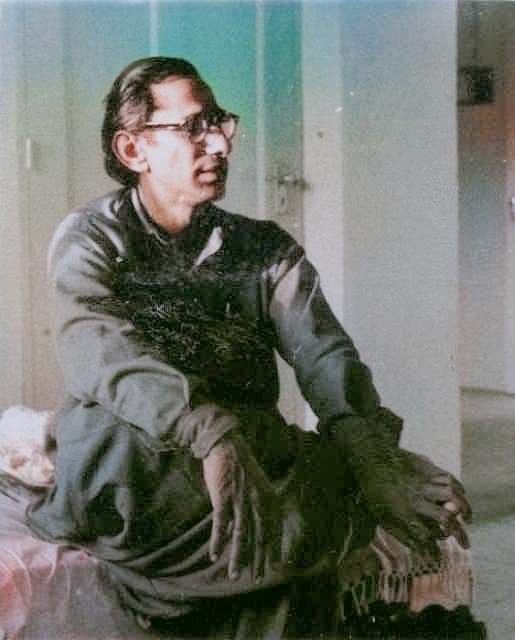Gwadar Beach Container Library: Gwadar's Unique and Fascinating Library
 |
| Gwadar Beach Container Library |
It is said that since ancient times, man has always had an
innate curiosity and desire to learn, gain knowledge about different things.
And the company of books is man's age-old and ideal companion. Similarly, the
secret to the success and glory of civilized and cultured nations lies in their
libraries and book houses. Famous American author Daniel Handler, who is
popular by his pen name Lemony Snicket, says about libraries and book houses:
 |
| Students studying and preparing for their exams and tests. |
 |
| Books on various topics, genres and fields |
 |
| Gwadar Beach Container Library Outside View |
 |
| Students engrossed in learning |
 |
| Serene view of Gwadar Beach Container Library at sunset time |
 |
| Nightfall time at Gwadar Beach Container Library |
 |
| Students reading books |
 |
| Captivating view of Gwadar Beach Container Library at evening |
When we talked to Abdul Aziz, the librarian of the Beach Library, he stated that:
Anyone who wants to donate books to the Gwadar Beach Container Library through our channel can find it located next to the Gazebo Park and DC Office Gwadar. You can visit and donate books. In addition, you can also contact the number visible on screen to donate books so that the light of knowledge, literacy and enlightenment keeps illuminating every corner.
 |
| Alluring view of Gwadar Beach Container Library |












































